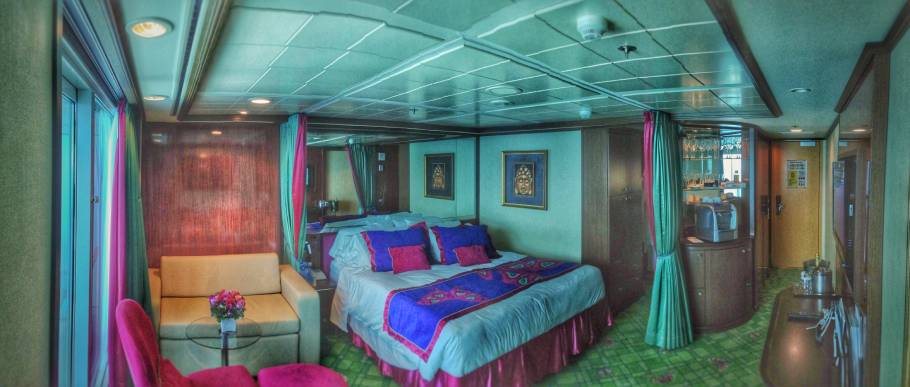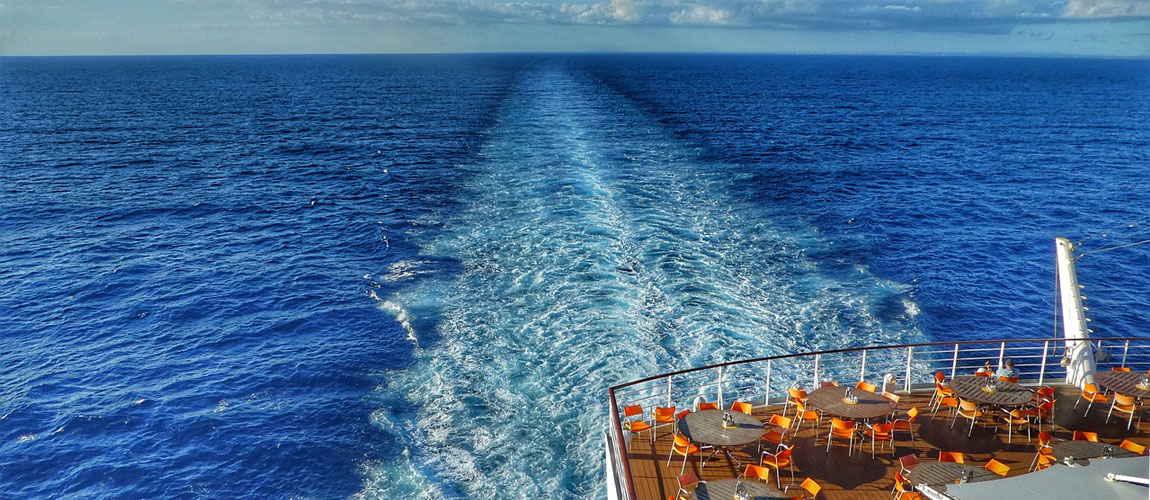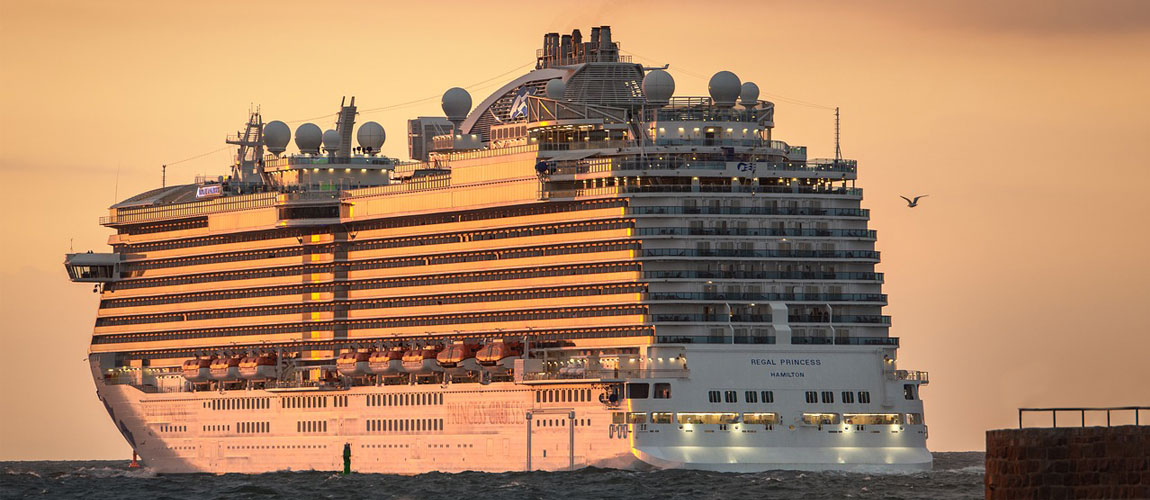Sustainable Cruising: How Your Next Voyage Can Support the Planet
In an era where the health of our planet is more crucial than ever, the concept of sustainable cruising is not just a trend but a necessary evolution in the travel industry. It’s about making travel choices that protect and preserve the beautiful destinations we long to explore, ensuring they remain vibrant and intact for future generations. This comprehensive guide will delve into why sustainable cruising matters, what to look for when booking a cruise, and the broader impact of these choices.
Why Sustainable Cruising Matters
The Environmental Impact of Traditional Cruising
Traditional cruising practices have come under scrutiny for their environmental footprint, including significant fuel emissions, waste production, and the strain on local ecosystems. The contrast between the luxurious life on board and the environmental cost has sparked a critical conversation about the need for change. For instance, a single cruise ship can produce as much air pollution in a day as 1 million cars, making it clear why the industry must evolve.
Global Efforts Towards Sustainability
The tide is turning, with the industry steering towards more eco-friendly practices. This includes the adoption of cleaner fuels like liquefied natural gas (LNG), advanced waste treatment systems, and energy-efficient technologies. These efforts represent a commitment to setting new standards for responsible travel. For example, Hurtigruten, a leader in sustainable cruising, has introduced the world’s first hybrid electric-powered expedition ship, significantly reducing CO2 emissions.
The Role of Consumers in Driving Change
Consumers wield considerable influence over the industry’s direction. By choosing sustainable cruising options, passengers can encourage cruise lines to prioritize and invest in green initiatives. “Our choices can lead to significant environmental benefits,” notes Dr. Emily Green, a marine biologist. This collective push from consumers encourages cruise lines to accelerate their sustainability initiatives.
What to Look for When Booking a Sustainable Cruise
When embarking on the journey of booking a sustainable cruise, there are key considerations that can make a significant difference in reducing your ecological footprint. These considerations encompass two critical aspects: Fuel and Energy Innovations, as well as Waste Management and Recycling Initiatives. By carefully examining these elements, you not only contribute to a greener cruise industry but also ensure a more environmentally responsible and enjoyable voyage for yourself.
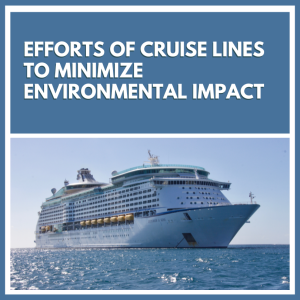 Fuel and Energy Innovations
Fuel and Energy Innovations
- LNG and Biofuels: These fuels are pivotal in reducing the cruise industry’s carbon footprint. For instance, AIDAnova, operated by AIDA Cruises, is the first cruise ship to be powered at sea and in port by LNG.
- Hybrid Energy Systems: The integration of battery power reduces reliance on fossil fuels, marking a step towards cleaner energy use. The MS Roald Amundsen by Hurtigruten uses hybrid technology to sail more quietly and efficiently.
Waste Management and Recycling Initiatives
- Advanced Wastewater Treatment: Superior onboard systems protect marine life by treating waste more effectively than many onshore facilities. Royal Caribbean’s advanced purification systems, for example, treat wastewater to a standard that is purer than most land-based systems.
- Comprehensive Recycling Programs: Efforts to minimize waste highlight a cruise line’s commitment to environmental stewardship. Princess Cruises has an impressive program that recycles several million items annually, including metal, glass, and paper.
Shoreside Electricity and Reduced Emissions in Port
The ability for ships to utilize shoreside electricity significantly cuts emissions while docked, contributing to cleaner air in port cities. The Port of Seattle, for example, has been a pioneer in providing shoreside power to cruise ships, reducing emissions significantly.
Certifications and Environmental Awards
Awards and certifications from recognized organizations serve as indicators of a cruise line’s genuine commitment to sustainability. Look for lines that have been recognized by the International Council of Marine Industry Associations (ICOMIA) or have received the Green Award, indicating high environmental standards.
How to Verify Cruise Lines’ Sustainability Claims
Sustainability Reports and Third-party Certifications
Investigating a cruise line’s sustainability reports and seeking third-party certifications offers transparency about their environmental practices. These reports, often accessible on the cruise line’s website, detail their actions to reduce the environmental footprint, including initiatives for lower carbon emissions, efficient waste management, and enhanced energy use. They provide valuable insights into the cruise line’s environmental commitment, reflecting their current performance and outlining future sustainability goals.
Membership in organizations like the Sustainable Shipping Initiative (SSI) signifies a cruise line’s dedication to sustainability. The SSI champions comprehensive environmental stewardship in the maritime sector, emphasizing cleaner fuels, reduced emissions, and energy-efficient technologies. A cruise line’s affiliation with the SSI or similar groups shows a proactive stance in exceeding industry sustainability standards. This assurance appeals to eco-conscious travelers, aligning their voyage with their values of preserving the planet and supporting sustainable tourism.
Partnerships with Environmental Organizations
Investigating a cruise line’s sustainability efforts is key for travelers looking to make environmentally responsible choices. Delving into the cruise line’s sustainability reports provides insight into their practices, goals, and achievements in reducing emissions, managing waste, and using energy efficiently. These reports, often found on the cruise line’s website, offer transparency and detail the steps they are taking towards minimizing their environmental impact.
 Third-party certifications add an extra layer of credibility to a cruise line’s environmental claims. Organizations like the Sustainable Shipping Initiative (SSI), Green Seal, and the Marine Stewardship Council set rigorous standards for sustainability. Being certified or a member of such organizations signals a cruise line’s serious commitment to environmental stewardship.
Third-party certifications add an extra layer of credibility to a cruise line’s environmental claims. Organizations like the Sustainable Shipping Initiative (SSI), Green Seal, and the Marine Stewardship Council set rigorous standards for sustainability. Being certified or a member of such organizations signals a cruise line’s serious commitment to environmental stewardship.
For example, the SSI’s focus on sustainable shipping practices across the industry, including cruises, emphasizes the importance of cleaner fuels and energy efficiency. A cruise line’s association with the SSI or similar entities demonstrates its active engagement in improving maritime sustainability. By choosing these cruise lines, consumers support the movement towards a more eco-friendly travel industry.
The Impact of Your Choice
Supporting Local Communities and Global Environmental Health
Choosing a sustainable cruise supports local economies and contributes to the fight against climate change, underscoring the significant impact of mindful travel choices. For example, choosing excursions that are part of the cruise line’s sustainable tourism initiatives can ensure that your visit contributes positively to the local community.
Expanding the Conversation: Beyond the Ship
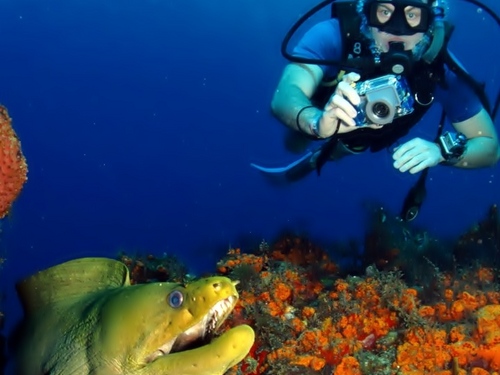
Supporting Sustainable Shore Excursions
Opting for eco-certified tours and excursions that respect local cultures and ecosystems is crucial for sustainable travel. For instance, look for tours certified by global sustainable tourism councils that ensure practices are in place to protect the environment and benefit local communities.
The Role of Technology in Sustainable Cruising
Technological advancements, including AI for optimizing ship routes and energy use, play a critical role in enhancing sustainability. MSC Cruises, for example, has implemented an AI system to optimize heating, ventilation, and air conditioning (HVAC) systems across their fleet, reducing energy use.
Engaging with the Community
Programs that facilitate meaningful interactions with local communities and support sustainable development projects reflect a holistic approach to responsible cruising. Viking Cruises, through its Viking Heritage Foundation, supports cultural preservation projects in its destinations, ensuring that tourism has a positive impact.
Conclusion
Sustainable cruising represents a commitment to exploring the world in a manner that respects and preserves its natural beauty and cultural heritage. As the industry evolves, so too does the opportunity for travelers to make choices that reflect their values, ensuring a positive impact on the planet and its people. By choosing to cruise sustainably, you’re not just embarking on a journey across the sea; you’re part of a movement towards a more sustainable and equitable world.



